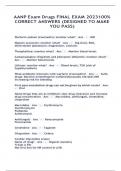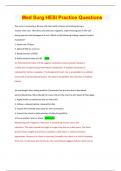Samenvatting
introduction to communication studies: summary of chapter 6: critical paradigm
- Instelling
- Vrije Universiteit Brussel (VUB)
summary of chapter 6: critical paradigm, of the course introduction to communication studies in the social sciences at VUB
[Meer zien]













